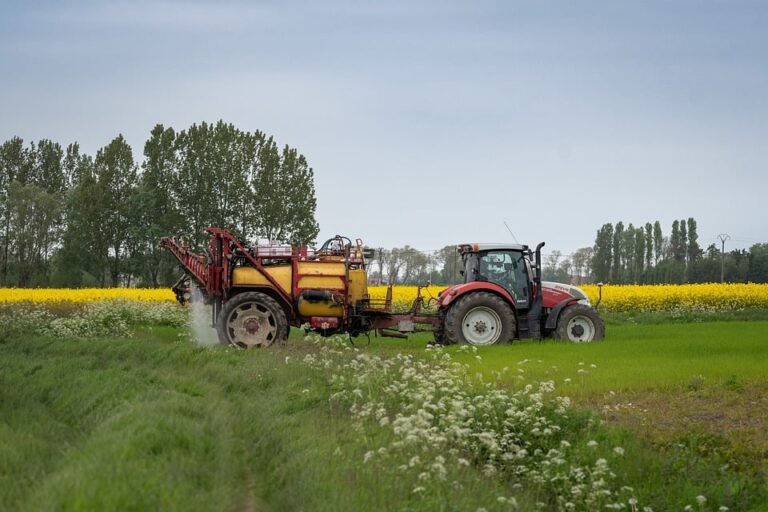Introduction
Trade and commerce have played a crucial role in shaping the early settlement patterns in Russia. As one of the largest countries in the world, Russia’s vast expanse and diverse geography have influenced how trade routes were developed and how settlements were established. In this article, we will explore the role of trade and commerce in shaping early settlement patterns in Russia.
Geography and Trade Routes
Russia’s geography has greatly influenced its trade and commerce patterns. The country’s vast size and diverse terrain, including mountains, forests, and rivers, have impacted the development of trade routes. In ancient times, the Dnieper, Volga, and Don rivers served as important arteries for trade and transportation in Russia. These rivers connected the interior of the country to the Black Sea, the Caspian Sea, and the Baltic Sea, providing access to important trade routes to Europe, Asia, and the Middle East.
Early Settlements along Trade Routes
The development of trade routes in Russia led to the establishment of settlements along these routes. Cities such as Novgorod, Moscow, and St. Petersburg grew as important trading centers due to their strategic locations along major trade routes. Novgorod, for example, was a key hub for trade between the Baltic and Byzantine empires in the Middle Ages, while Moscow emerged as a major trading center connecting Europe and Asia.
As trade routes expanded and new routes were established, settlements grew and flourished along these routes. The development of the Trans-Siberian Railway in the 19th century, for example, led to the establishment of new towns and cities along the railway line, transforming the region and opening up new opportunities for trade and commerce.
Role of Commerce in Settlement Patterns
Commerce has played a crucial role in shaping settlement patterns in Russia. The rise of merchant classes in medieval Russia led to the growth of towns and cities as centers of trade and commerce. Merchants played a key role in the development of trade networks and the establishment of markets, which attracted settlers and contributed to the growth of urban centers.
Market Towns and Urban Centers
Market towns and urban centers emerged as important nodes of commerce in early Russia. These towns served as hubs for trade and economic activity, attracting merchants, artisans, and settlers from across the region. The development of market towns such as Suzdal, Yaroslavl, and Kazan played a crucial role in shaping settlement patterns and fostering economic growth.
Urban centers such as Moscow and St. Petersburg also played a significant role in shaping settlement patterns in Russia. These cities grew rapidly as centers of trade, administration, and culture, attracting people from all over the country and beyond. The establishment of the Moscow Kremlin in the 12th century, for example, marked the beginning of Moscow’s rise as a political and commercial center in Russia.
Impact of Trade on Cultural Exchange
Trade and commerce in Russia have not only shaped settlement patterns but also facilitated cultural exchange and interaction. The development of trade routes connecting Russia to Europe, Asia, and the Middle East led to the exchange of goods, ideas, and technologies between different regions. The Silk Road, for example, brought silk, spices, and other luxury goods from Asia to Russia, while Russian furs and timber were traded in European markets.
Impact on Architecture and Art
The exchange of goods and ideas through trade routes had a profound impact on Russian architecture and art. Architectural styles such as Byzantine, Gothic, and Baroque were introduced to Russia through trade and commerce, influencing the design of churches, palaces, and public buildings. The Moscow Kremlin, for example, reflects a fusion of different architectural styles brought to Russia through trade and cultural exchange.
Trade also played a key role in the development of Russian art and craftsmanship. Russian icons, ceramics, and textiles were highly valued in European markets, leading to the exchange of artistic techniques and styles between different regions. The emergence of the Russian art school in the 18th century was influenced by European art movements and innovations brought to Russia through trade and commerce.
Conclusion
In conclusion, trade and commerce have played a vital role in shaping early settlement patterns in Russia. The development of trade routes, the growth of market towns and urban centers, and the exchange of goods and ideas through trade have all contributed to the growth and development of settlements in Russia. The impact of trade on cultural exchange, architecture, and art has also been profound, shaping the unique identity of Russian society. As Russia continues to develop as a global economic power, the role of trade and commerce in shaping settlement patterns will remain a key factor in its future growth and prosperity.





